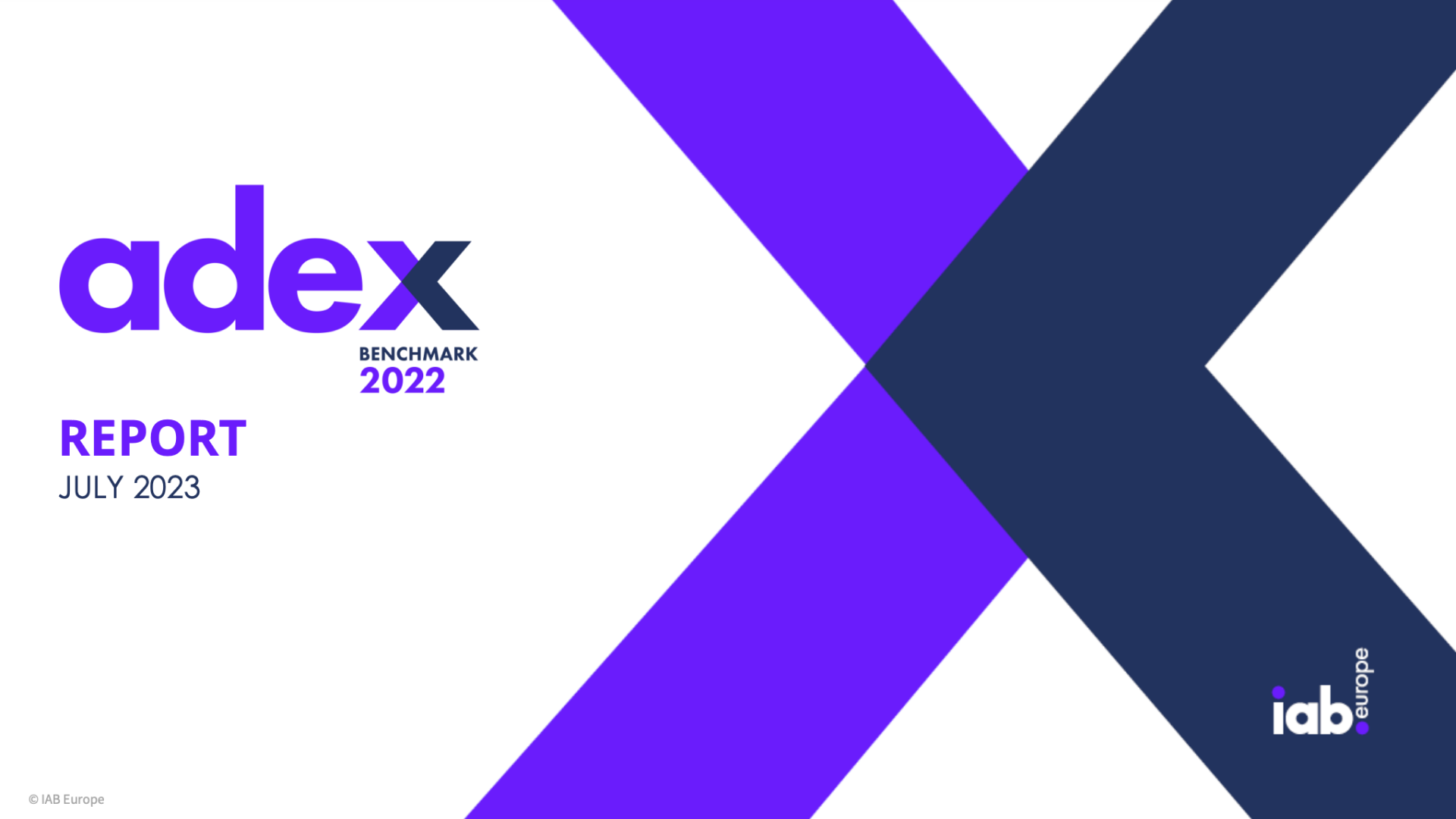In today’s rapidly evolving digital landscape, the world of advertising has witnessed significant shifts driven by changes in consumer behavior and technological advancements. The rise of data-driven strategies, advanced analytics, and innovative formats has revolutionized how brands engage with their audiences. In this context, the IAB Europe AdEx Benchmark 2022 Report sheds light on the thriving European digital advertising market, unveiling key insights and trends that are shaping the industry’s growth. From the increasing focus on data-driven decision-making to the exploration of new channels and formats, this article explores how advertisers are adapting to the dynamic environment to optimize their campaigns.
Comprehensive overview of 29 markets
The AdEx Benchmark study underwent notable changes in its geographical coverage, with Belarus and Russia excluded and Estonia, Latvia, and Lithuania added as new markets. This expanded scope allows for a more comprehensive overview, encompassing a wider range of markets.
Report details 9.8% annual growth in digital advertising factors
The full 2022 AdEx Benchmark Report on investment in the European digital advertising market for 2022 reveals a remarkable growth of 9.8%, reaching a total value of €86 billion. Despite facing unprecedented macroeconomic and geopolitical challenges, including the war in Ukraine and rising inflation, the digital advertising market demonstrated exceptional resilience, with an impressive €7.7 billion increase from the previous year.
The growth of the European digital advertising market in 2022 can be attributed to several key factors. The infusion of creative brand advertising and the exploration of new channels have played a pivotal role in driving this expansion. Particularly, budget allocations to previously untapped digital opportunities, such as Retail Media, have contributed significantly to the surge in growth.
Display dominates European market
According to the data, the European digital advertising market is primarily dominated by display advertising, accounting for 49.9% of the total share. Search advertising follows closely, making up 43.5% of the market, while classifieds/directories occupy a smaller portion at 6.6%.
Comparing the data for 2020 and 2022, it is evident that the share of display advertising in the European market has experienced a significant increase of +4.1% over the two-year period. This growth indicates a notable upward trend in the popularity and effectiveness of display advertising among advertisers, reflecting its ability to engage audiences effectively and drive results.
In 2022, each category of advertising witnessed an increase in spending. Display advertising showed a strong growth of +9.7%. Furthermore, Display advertising (excluding social media) experienced an even more significant increase at +12.7%. Social media advertising demonstrated a positive growth rate of +7.0%. Search advertising also exhibited a robust increase of +10.7%. Additionally, Classifieds & Directories advertising marked notable growth at +6.1%. These figures highlight a positive trend across various advertising formats, contributing to the overall expansion of the advertising industry in 2022.
Video and audio record strongest growth
The report reveals significant growth in both video and audio formats, marking a notable trend in the digital advertising landscape. The audio format stands out as the fastest-growing, experiencing an impressive surge of 22.1%, reaching a total investment of €0.7 billion. This growth reflects the increasing popularity of audio advertising and its effectiveness in reaching audiences.
Video advertising also saw substantial growth (mainly due to the growth of social advertising), with a remarkable increase of 13.6%, bringing the total investment in this format to €18.4 billion. This surge in video ad spending underscores its significance in engaging consumers and delivering compelling brand messages.
Advertisers strongly prefer video and audio formats for their effectiveness in engaging consumers. With digital platforms dominating the advertising landscape, these insights help marketers optimize strategies and budgets.
Digital platforms have emerged as a logical choice for brands to increase their spending, redirecting resources from other channels where optimizing return on investment (ROI) is more challenging. This shift is also reflected in the remarkable 46.6% growth in spending on Connected TV (CTV), as funds move away from traditional linear TV, which lacks the data-rich environment that digital offers.
Programmatic commands over 57% of display
Programmatic advertising commands an impressive share of over 57% in the display ad market, excluding social media. Within the programmatic landscape, video ads account for 52.8% of the total spend. Nevertheless, substantial variations in programmatic maturity across different markets indicate significant potential for further expansion. Ukraine takes the lead with a substantial 85.0% share in programmatic advertising, and countries like Great Britain (83.5%) and Poland (78.4%) also exhibit notable programmatic shares. In contrast, other countries are still in the developmental stages of embracing this advertising segment.
Conclusions and perspectives
The industry’s proactive response to changing consumer behavior and technological advancements, alongside the adoption of data-driven strategies by advertisers, indicates a trajectory of continued growth and success.
With digital advertising proving its resilience in the face of uncertainties, there is a sense of stabilization and confidence in the market. The increased investment in IT services for digitization, such as Cloud and Clean Room technologies, is expected to fuel further expansion in digital advertising spend.
Three key developments – the rapid expansion of Retail Media, innovative identity solutions, and the implementation of AI solutions – are driving the shift of budgets towards digital platforms. These advancements are expected to open up new avenues for enhanced brand building, campaign performance, and improved consumer engagement.
As brands increasingly recognize the advantages of data-driven digital advertising, the trend of reallocating budgets towards digital platforms is likely to persist. This transition towards a more optimized and data-driven advertising landscape will shape the future of the industry, enabling marketers to make more informed decisions and achieve greater ROI.
Overall, the digital advertising industry is poised for continued growth and innovation, as it leverages the power of data, technology, and consumer insights to create impactful and personalized campaigns. By staying adaptable and innovative, the industry is well-positioned to capitalize on emerging opportunities and navigate the dynamic landscape of advertising in the digital era.
The full research report is available for download at: The 2022 AdEx Full Report.
The article was prepared based on the materials: The 2022 AdEx Full Report, IAB Europe AdEx Benchmark 2022 Press Release.














